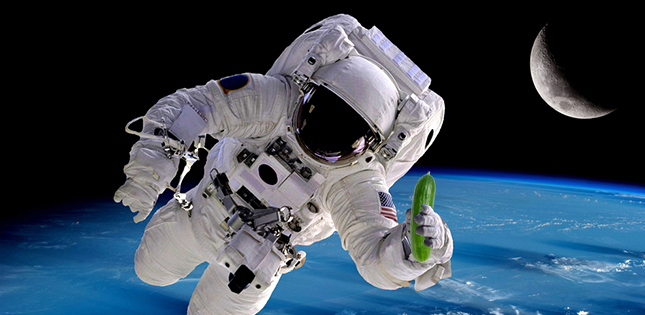
Yamazaki, C., Fujii, N., Miyazawa, Y., Kamada, M., Kasahara, H. et al. Title: The gravity-induced re-localization of auxin efflux carrier CsPIN1 in cucumber seedlings: spaceflight experiments for immunohistochemical microscopy Journal: Nature Microgravity DOI: 10.1038/npjmgrav.2016.30
Researchers in Japan have examined cucumber seedlings germinated under the very weak gravity – or microgravity – conditions of the International Space Station. Plants are experts in survival and can control the direction of their roots to maximize the use of resources around them. Using specialized cells, they can sense gravity and redistribute hormones, called auxins, to stimulate growth and allow vital features of the plant to develop...
Read More








Recent Comments